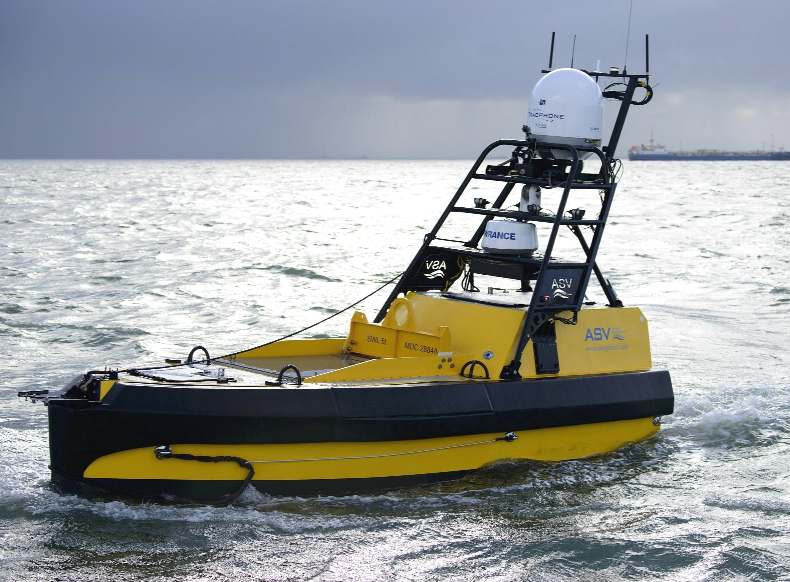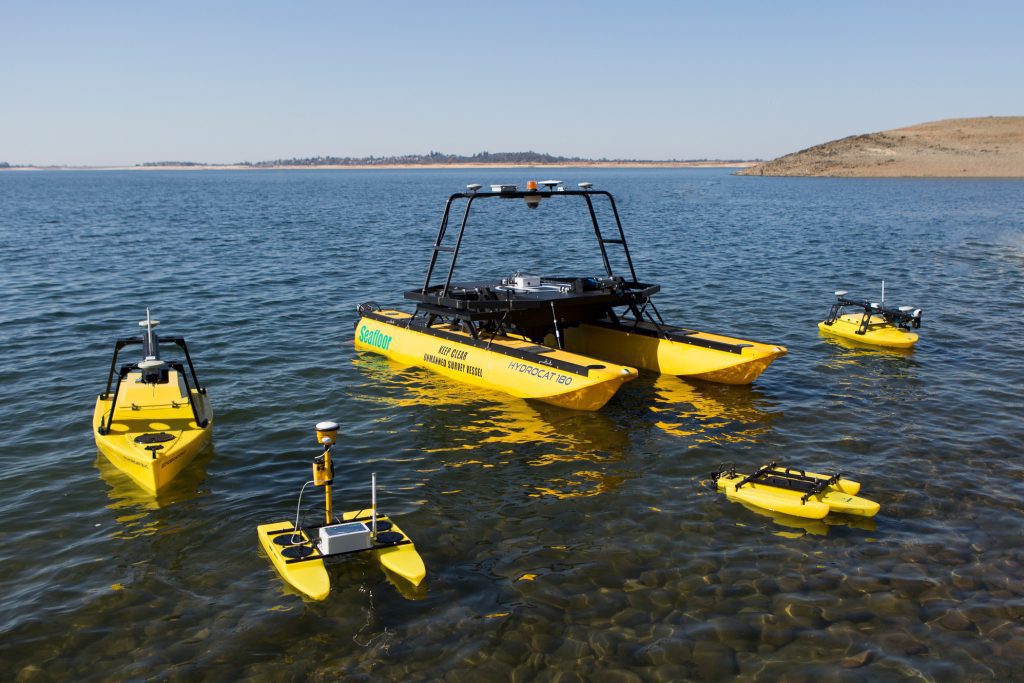Welcome to Coss Marine Projects
Get in touch
Over the last 12+ years we have been mastering advanced surveying methodologies and techniques to offer best service to our clients
+91 9943095083
info@cossmarineprojects.com



